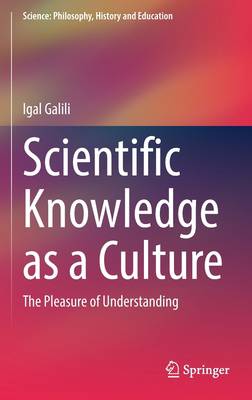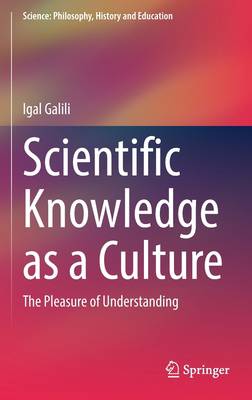
- Afhalen na 1 uur in een winkel met voorraad
- Gratis thuislevering in België vanaf € 30
- Ruim aanbod met 7 miljoen producten
- Afhalen na 1 uur in een winkel met voorraad
- Gratis thuislevering in België vanaf € 30
- Ruim aanbod met 7 miljoen producten
Zoeken
€ 158,45
+ 316 punten
Uitvoering
Omschrijving
This book, in its first part, contains units of conceptual history of several topics of physics based on the research in physics education and research based articles with regard to several topics involved in teaching science in general and physics in particular. The second part of the book includes the framework used, the approach considering science knowledge as a special type of culture - discipline-culture. Within this approach, scientific knowledge is considered as comprised of a few inclusive fundamental theories each hierarchically structured in a triadic pattern: nucleus-body-periphery. While nucleus incorporates the basic principles and body comprises their implementations in the variety of laws, models, and experiments, periphery includes concepts at odds to the nucleus. This structure introduces knowledge in its conceptual variation thus converting disciplinary knowledge to cultural-disciplinary one. The approach draws on history and philosophy of science (HPS) necessary for meaningful learning of science. It is exemplified in several aspects regarding teaching physics, presenting history in classes, considering the special nature of science, and using artistic images in regular teaching. The revealed conceptual debate around the chosen topics clarifies the subject matter for school students and teachers encouraging construction of Cultural Content Knowledge. Often missed in teachers' preparation and common curriculum it helps genuine understanding of science thus providing remedy of students' misconceptions reported in educational research.
Specificaties
Betrokkenen
- Auteur(s):
- Uitgeverij:
Inhoud
- Aantal bladzijden:
- 477
- Taal:
- Engels
- Reeks:
Eigenschappen
- Productcode (EAN):
- 9783030802004
- Verschijningsdatum:
- 2/02/2022
- Uitvoering:
- Hardcover
- Formaat:
- Genaaid
- Afmetingen:
- 156 mm x 234 mm
- Gewicht:
- 879 g

Alleen bij Standaard Boekhandel
+ 316 punten op je klantenkaart van Standaard Boekhandel
Beoordelingen
We publiceren alleen reviews die voldoen aan de voorwaarden voor reviews. Bekijk onze voorwaarden voor reviews.











